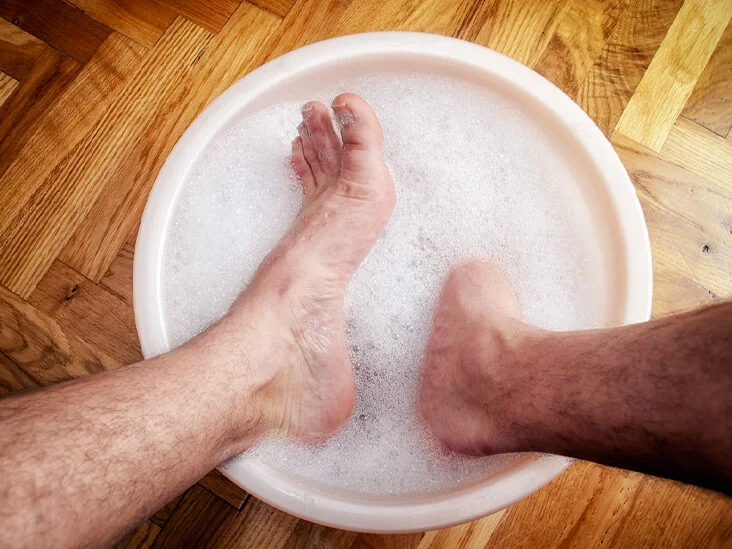Silicone overmolding is an injection molding procedure to cast a resin layer over a molded material to give it properties that it couldn’t possess singlehandedly.
Though the process is reasonably priced and helps to give good adhesion between two materials, it needs the right planning. For instance, the manufacturer should choose the right material and acquire the highest adhesion.
Because of the complexity of the design, you should be more cautious when choosing a silicone overmolding structure. Here are a few factors to consider when choosing overmolding:
Factors to keep in mind before going for silicone overmolding:
Part function
Designing an overmolding begins with completely comprehending the function of the part. To know it, you should find answers to a few questions.
- What is the goal of the part?
Knowing why you want to design the part is important. Because of the wide use of overmolding, knowing the product’s intent will help you efficiently reach the end product. For instance, when molding a seal on a water-resistant case, the goal is a water-resistant seal.
- What kind of exposure will it face?
You should know about the exposure the product will face when performing its duty. For instance, if it is exposed to UV light, you can select specific plastic that can withstand UV rays.
- What is the reason to overmold the part?
Silicone overmolding is a well-thought process. There has to be a specific reason why you are doing it. For instance, when doing a TPE overmolding design to be cast on a handle, the reason may be vibration absorption, comfort, or an ergonomic grip. Once you answer the question, it will enlighten you to choose the right material.
- What quantity do you need?
When going for overmolding, it is important to consider the quantity. For instance, an overmolding part for vibration absorption on a wall will need more material than a door handle.
Scenarios to consider
- Add grip to the substrate
Products like kitchen utensils, drills, or hoses need a grip to help control the product. And a good way to add grip to them is to cast a rubber-like plastic on their handles.
- Comfort
When you strengthen the substrate with silicone overmolding, it also works as a source of comfort. So, this scenario helps you get a grip and comfort. For instance, the rubber grips on the handles of bicycles.
- Sealing
Making custom silicone molds for such scenarios may take longer because these seals should have water-resistant properties and the highest adhesion.
Here it is essential to find the right material that would offer the best adhesion with the substrate and water-proof qualities.
- Vibration absorption
These have the longest cycle time because the TPE part has to be so thick to absorb the substrate’s vibration you’re casting it on.
Reasons to choose custom silicone overmolding
- If you’re looking forward to creating one part from several materials.
- If you want to enhance the feel and ergonomics of the product
- If you need a specific design for a readymade item.
- If you need a more reasonable process.
- If you want to increase the safety of the product.










